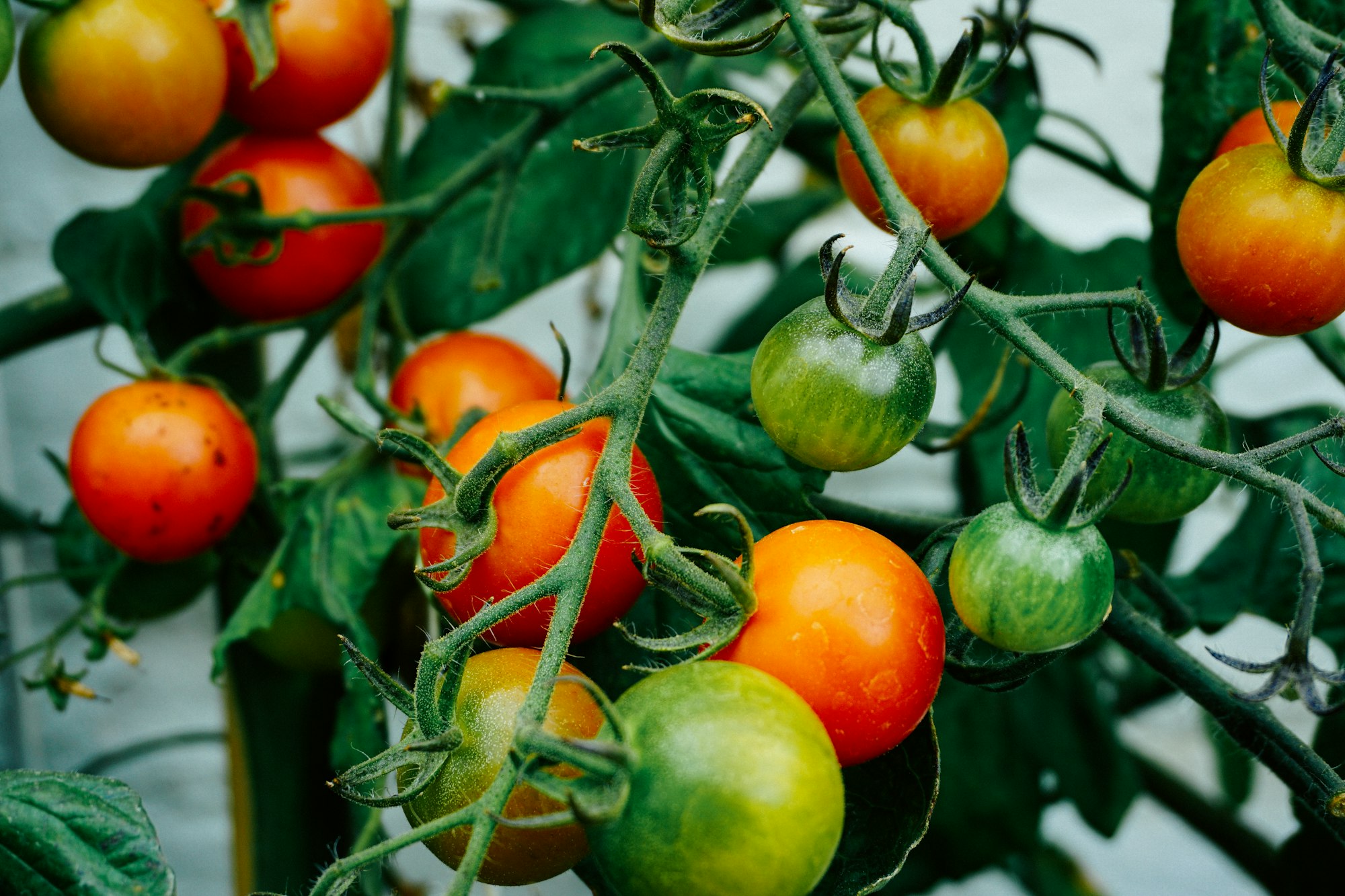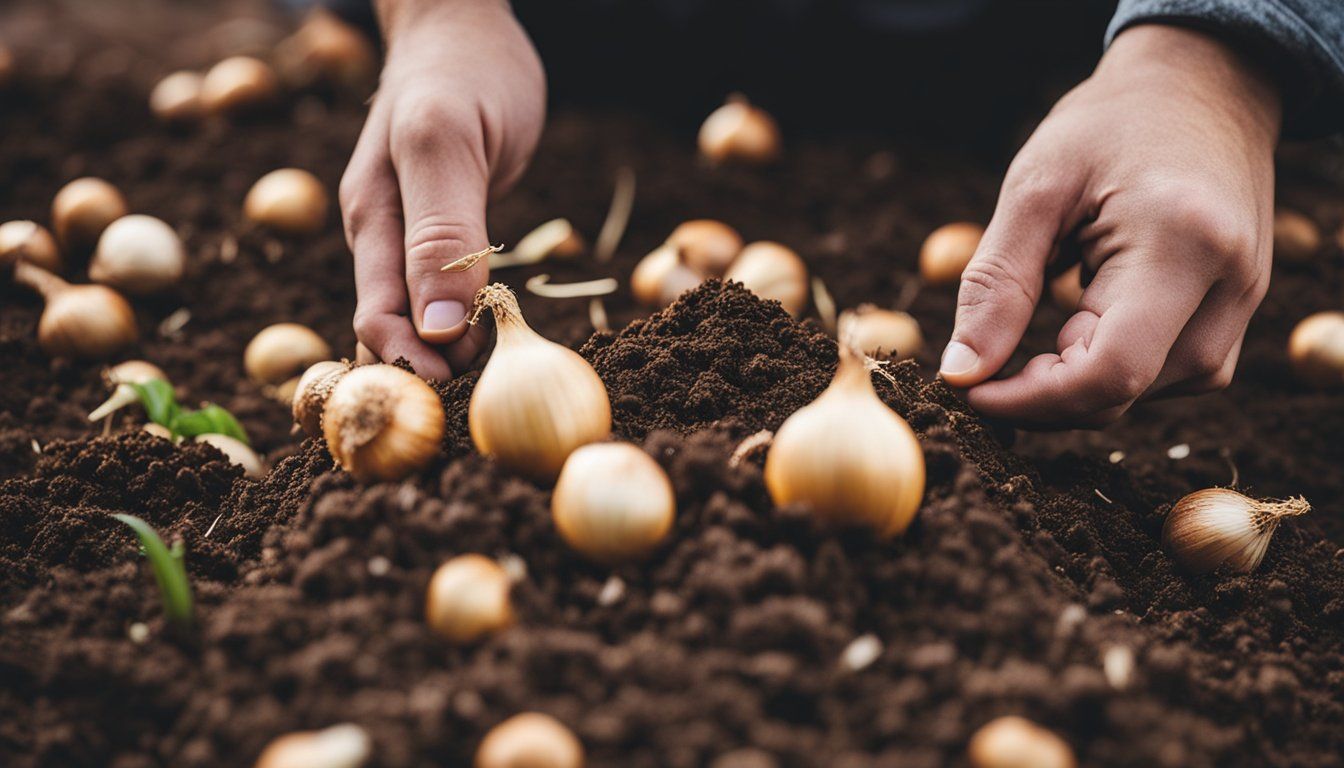Crop Rotation
Crop rotation is a vital practice in gardens that involves growing different types of crops in the same area across a sequence of growing seasons. This technique reduces dependency on a single set of nutrients and helps manage pest and weed pressures more effectively.

Table of Contents
- Understanding Crop Rotation
- Impact on Pests and Diseases
- Influence on Soil and Nutrients
- Considerations in Crop Rotation
- Crop Families in Rotation
- Popular Crops for Rotation
- Crop Rotation Examples
- Crop Rotation in Organic Farms
- Factors Influencing Effective Crop Rotation
- Modern Techniques and Adjustments
- FAQs
As a gardener, incorporating crop rotation can improve soil health, optimize nutrient usage, and better control pests and diseases.
By changing the crops you plant in a specified order on the same garden bed, you can experience various benefits and enhance your overall crop yield.
Understanding Crop Rotation
Crop rotation is the practice of growing different types of crops in the same area across a sequence of growing seasons.
By diversifying your crops, you can reduce reliance on one set of nutrients, pest and weed pressure, and decrease the probability of developing resistant pests and weeds.
It is essential to consider annual vegetables' life cycles when planning crop rotations.
This technique helps to break disease cycles and improve soil health.
Not planting the same vegetables in the same spot every year can prevent pests and diseases from continuously building up in the soil.

The Benefits of Crop Rotation
Impact on Pests and Diseases
By practicing crop rotation, you can reduce the buildup of pests and pathogens in your fields.
This method disrupts their life cycles and helps to decrease their population, which leads to reduced chemical use and healthier crops.
Influence on Soil and Nutrients
Crop rotation supports soil health by promoting better nutrient cycling and increasing organic matter.
Different crops have varying nutrient demands, so rotating them allows for more efficient use of nutrients, which contributes to improved soil fertility and overall soil health.
Practical Considerations in Crop Rotation
When planning your crop rotation, consider the requirements of each crop, such as nitrogen needs, to ensure nutrient availability throughout the rotation.
A diverse rotation enhances biodiversity and promotes healthy soil, benefiting future crops and the environment.
Crop Families in Rotation
When planning your crop rotation, it is crucial to consider the plant families involved.
Different plant families have distinct characteristics; rotating them helps reduce pest issues and maintain soil fertility.
Here is a list of common plant families you might include in your rotation plan:
- Solanaceae: Also known as the nightshade family, includes tomatoes, peppers, eggplants, and potatoes.
- Poaceae: Commonly known as grasses, encompasses grains like wheat, corn, rice, and barley.
- Umbellifers (Apiaceae): This family contains carrots, parsley, celery, and parsnips.
- Cucurbits (Cucurbitaceae): Featuring squash, cucumbers, melons, and zucchini.
- Asteraceae: Sunflowers, lettuce, and various herbs are part of this family.
- Brassicaceae: Members include cabbage, kale, broccoli, cauliflower, and Brussels sprouts.
- Malvaceae: Covering plants such as okra and cotton.
- Convolvulaceae: A group that contains sweet potatoes.
- Lamiaceae: This family includes herbs like mint, basil, and oregano.
By understanding the characteristics of each plant family, you can optimize your crop rotation schedule.
This knowledge will help you maintain soil health, reduce pest pressure, and improve crop yields.

Popular Crops for Rotation
Crop rotation is a helpful practice in maintaining a healthy and productive vegetable garden.
This technique involves changing the location of specific crops each year, preventing the soil's buildup of pests and diseases.
Some popular crops for rotation in large-scale agriculture and home vegetable gardens include corn, beans, wheat, potatoes, soybeans, oats, tomatoes, and peppers.

Legumes, such as beans and clover, are particularly useful in crop rotation because they help fix nitrogen in the soil, benefiting the following crops.
Cover crops, also known as green manures, are beneficial in crop rotation because they improve soil quality and help to prevent soil erosion.
Examples of cover crops include annual ryegrass, oilseed radish, winter cereal rye, and oats.
These plants scavenge unused fertilizer and release nutrients back into the soil for the next crop in the rotation.
Integrating all these different crops into your crop rotation plan can lead to healthier plants and higher vegetable yields.
Remember to account for the specific needs of each crop and aim for a diverse and balanced garden.
Specific Crop Rotation Examples
When planning your crop rotation, consider incorporating a variety of plants, such as corn, beans, wheat, clover, soybeans, potatoes, onion family plants, grass, alliums, brassicas, and nightshades.
This diversity helps maintain soil health and reduces the risk of pests and diseases.
For example, you could start your rotation with corn, which requires high nitrogen levels in the soil.

Follow this with beans or clover, both nitrogen-fixing plants that restore nitrogen levels in the soil.
Next, grow wheat or another small grain crop that can benefit from improved soil fertility.
Finish the cycle with brassicas, nightshades, or alliums, like potatoes or onions, which have entirely different nutrient requirements and pest profiles than the previous crops.
Another example might feature potatoes followed by a grass or clover cover crop to break pest and disease cycles.
Then, plant brassicas (such as cabbage or broccoli), which can benefit from the improved soil structure.
A subsequent crop of alliums like onions or garlic can help deter pests and minimize weed pressure, followed by a legume like soybeans to fix nitrogen before restarting the rotation.

Remember, the key to successful crop rotation is selecting plant groups with different nutrient needs and pest profiles to ensure a balanced and healthy garden.
Crop Rotation in Organic Farms
Crop rotation on organic farms is essential for maintaining and improving soil health and managing pests and weeds.
By alternating between different types of crops in each growing season, you can enhance the overall diversity and balance of organic matter in the soil.
Organic farms often include a variety of crops in their rotations, such as herbs, perennial crops, berries, and asparagus.

Incorporating these plants supports soil fertility, provides valuable habitat for beneficial insects, and reduces pest pressure.
This strategic approach to crop rotation promotes a more sustainable and productive organic farming system.
Factors Influencing Effective Crop Rotation
Considering the right factors can help you establish an effective crop rotation plan on your farm.
One crucial element is climate, as different crops thrive in specific temperature ranges and moisture levels, so choosing crops suited to your region's conditions is vital.
Companion planting involves growing complementary crops, enhancing nutrient availability, pest management, and overall crop productivity.
It's essential to pay attention to plant families and the nutrient needs of specific crops to ensure a well-balanced rotation that promotes soil fertility.

When planning your rotation, consider the roles of cultural practices that can impact crop performance, such as tillage or irrigation methods.
Additionally, try to include crops that serve as a food source for beneficial organisms, as they can help suppress harmful pests and diseases.
Considering these factors, you can develop an effective crop rotation strategy that optimizes yield potential, maintains soil health, and promotes sustainable farming practices.
Modern Techniques and Adjustments
In recent years, crop rotation has evolved to meet the demands of modern gardening.
You can use the latest techniques to optimize nutrient cycles and maintain soil health in cropping systems.
One approach involves a rotation of legumes, roots, and fruit-bearing crops, which can help address pest and weed challenges while improving yields in a smaller space.
To achieve your crop rotation goals, consider adjusting each crop's cultivation methods and duration.
Depending on the local climate, soil conditions, and desired biomass, you may find a three- to seven-year cycle works best for your food crops.
You can create a more resilient and productive agricultural system by embracing these modern adjustments and techniques.
Frequently Asked Questions
What are the main types of crop rotation?
There are several crop rotation systems, including simple rotations, where only two crops are alternated, and more complex rotations, where multiple crops are grown sequentially.
Another type involves rotating crops with varying rooting depths to maximize nutrient uptake.
Why is crop rotation important?
Crop rotation is essential for maintaining soil health, preventing the buildup of pests and diseases, and improving crop yields.
By alternating different types of crops, you can reduce soil depletion and nutrient loss, leading to more sustainable and productive agricultural practices.
Can you provide examples of 4-year crop rotations?
A standard 4-year crop rotation plan includes growing grains, legumes, brassicas, and root vegetables.
For example, you could plant wheat, followed by corn, cabbage, and potatoes in sequential years.
This rotation maximizes fertility, controls pests, and ensures good soil health.
What are some disadvantages of crop rotation?
Limitations of crop rotation include the need for careful planning, additional labor, and economic constraints.
Crop rotation may also result in inefficiencies, such as decreased revenue if a high-value crop cannot be grown yearly due to the rotation schedule.
How does crop rotation benefit soil health?
Soil health is improved through crop rotation as different crops have unique nutrient requirements and root structures.
By alternating crops, the soil is not continuously deprived of specific nutrients and can rejuvenate itself.
Additionally, rotating crops can help to prevent soil-borne pathogens and pests from building up over time.
What is an effective 3-year crop rotation plan?
An efficient 3-year crop rotation plan involves rotating crops based on their botanical families.
For example, you can start with a legume crop, such as beans or peas, followed by a brassica crop, like cabbage or broccoli, and conclude with an allium crop, e.g., onions or garlic.
This method helps balance nutrient requirements while managing pests and diseases.



